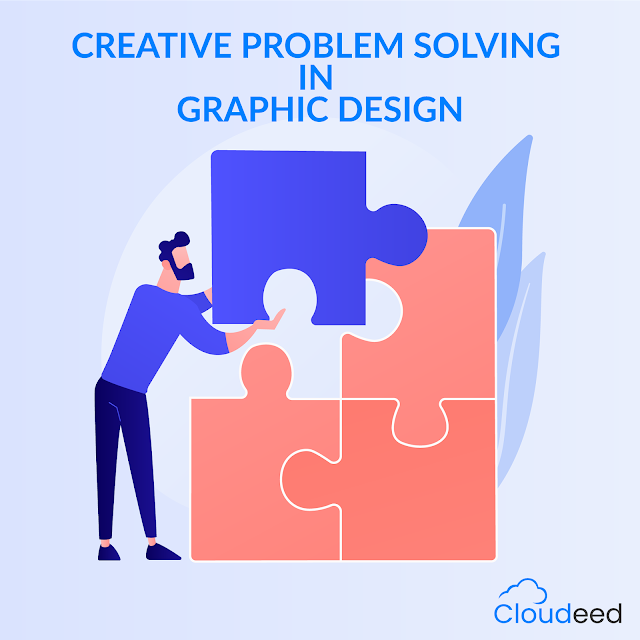"Creativity” and “problem-solving” are not usually found in the same context, let alone right next to each other. But in fact, creativity and problem solving have a lot in common, and it is in their overlap that the best brand identities and logos are born.
Creative problem-solving in graphic design:
Creative problem solving is the science of taking a clear look at what a business wants to convey, to whom, and how it wants to convey it and creatively aligning all these elements into one beautifully structured solution, a crisp, multi-dimensional brand identity that works on every level.
Creativity is generally associated with some artsy dude laying on his couch, waiting for inspiration to magically strike, while problem-solving conjures up that uptight classmate who methodically took the lead in team assignments. But regardless of which group you relate to, the key to success lies in refusing to connect to one way of doing things, instead of resting somewhere in the middle.
It starts with the brief
A graphic designer can only address a business’s identity issues if the business clearly outlines its vision and goals, and this is usually accomplished in a brief. From there, the graphic designer can take those smudgy ideas and sensitize them like a photo negative. A good brief is the start of a beautiful conversation between client and designer, with each exchange solving more and more problems until a trouble-free brand identity is reached.
It continues on a sheet of paper
After reading the brief, the next step is to begin jotting down anything about the company that comes to your mind. During this stage, it’s good for your mind to wander and enter a flow state.
Don’t be stingy with your ink or paper, hash everything out: the company’s traits, mission, goals, values, vision, culture, story, overall feel, its product/offering, what problem it’s solving, how it is solving it, who does it solve it for, the target audience’s outlook, lifestyle, dreams, and anything else you can make out of the brief directly or indirectly.
Control the chaos
But just because problem-solving is creative doesn’t mean it should be chaotic. Once you’ve got a feel for the brand, you can start getting more selective and systematic with your brainstorming. Only the most prominent details should make the cut.
Come up with a system that works for you. For example, you can divide a piece of paper into four parts, on the first one list the business’s most defining features, on the second outline the problem it solves through its work, and on the third list out the target audience’s most sensitive emotional triggers.
A visual view of logo creation
As you can probably imagine, the bigger the paper, the better. A big whiteboard is often a great way to approach this method. Creative and artistic expression can provide an aerial view from which the complex becomes simple, which is exactly what a logo does for a business, it is a brand’s boiled down essence, an intersection where all its identity problems meet a common solution. In order to see that intersection, you need something that can encompass all major problems and their possible routes.
Reverse the process: write a brief based on the logo
One of the best creative problem-solving techniques is to reverse the process and test out how successful your logo really is. Try to forget about the company the logo is for and write a brief based on your creation. Better yet, ask someone who really doesn’t know and see how close their brief is to the original.
The ultimate symbiosis: creativity and problem solving
Creativity and problem solving are two streams of thought that flow in the same direction. When it comes to business, uniting them into one, steady current can lead a brand identity from muddy to crystal-clear waters. Creativity is something you are born with, problem solving, however, can be mastered even by the most unorganized, chaotic mad genius. Problem-solving does for creativity what practice does for talent. And we all know how far talent goes without practice. So, what are you waiting for, go and solve some problems!



Comments
Post a Comment